There’s something about an industrial loft apartment that draws you in. These reclaimed spaces blend the loft’s airy interior with the distinct design of a former warehouse. You can recognize their brick walls, exposed pipes, metal beams, and oversized windows from a mile away.
Industrial lofts, sometimes called warehouse lofts, don’t seem to be going out of style anytime soon. Here’s what you need to know before you sign your lease or purchase agreement.
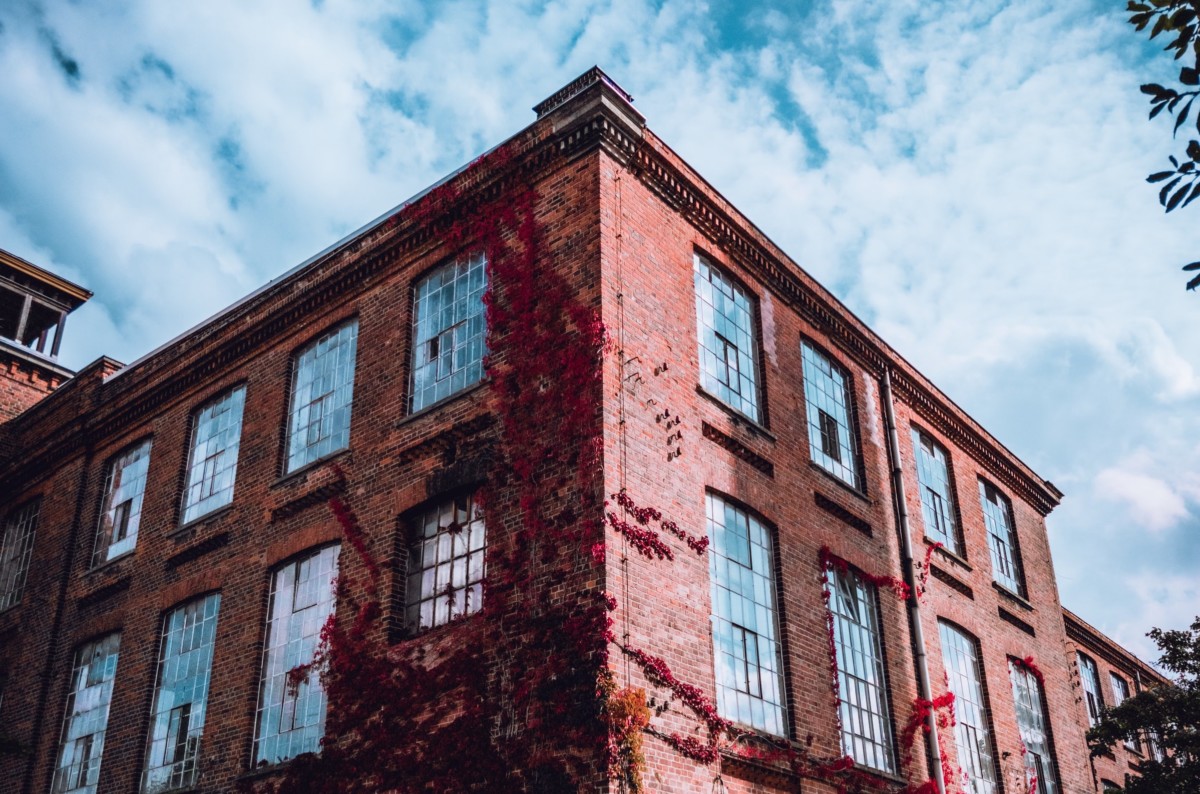
What is an industrial loft apartment?
An industrial loft is a residential property unit that’s been converted from a warehouse or other commercial area into a living space. They’re also called warehouse lofts, hard lofts, and urban lofts.
Most industrial lofts keep the open ceilings with exposed beams, ductwork, and electrical wiring from their former lives. Weathered brick walls, worn concrete or wooden floors, and plenty of natural light are also standard features. These signature traits give them their industrial allure and set them apart from other loft apartments.
How did industrial lofts come to be?
The industrial loft entered the real estate scene in the 1950s and 1960s in Manhattan’s Tribeca neighborhood. These former warehouses were abandoned when new local zoning regulations pushed manufacturing activity out of the city. The large spaces previously housed garment and textile manufacturing, along with print production businesses.
Warehouse loft popularity boomed during this mid-century period as artists, musicians, and craftsmen moved in and renovated the spaces to take advantage of their raw spaciousness and affordability.
Today’s warehouse lofts are often marketed as upscale residential units, and even Hollywood has taken note. Stars like Ryan Reynolds, Jessica Biel, Jake Gyllenhaal, and Justin Timberlake all own industrial lofts.
Common features in industrial lofts
By definition, the word “loft” means a room or space directly under the roof. Many industrial loft interiors echo their factory or workshop origins with these features:
- An open floor plan with plenty of multi-functional space
- Huge windows that fill the space with an abundance of natural light
- High ceilings that give the space a larger-than-life feeling
- At least 1,000 square feet spread across one or two levels
Warehouse lofts offer the appeal of city living in an expansive space. While many lofts have separate bedrooms, some lump the kitchen, bedroom, and living room into the same shared area, like a jumbo-sized efficiency apartment.
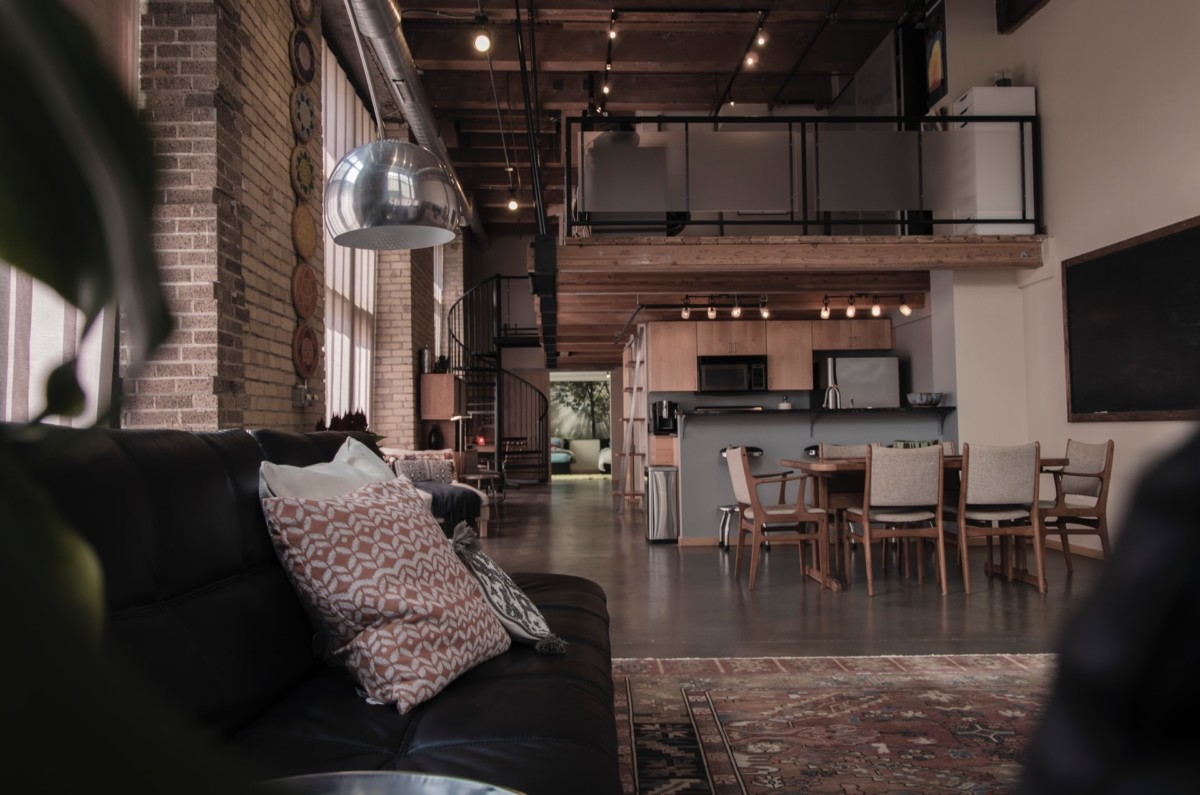
Design features unique to industrial lofts
Since the space’s original use was for a warehouse or factory, industrial loft apartments capitalize on concrete metal, exposed ductwork, piping, and big windows. These can all be difficult and expensive to replicate in a more conventional space.
Watch for these popular warehouse loft designs:
- Exposed ceilings with ducts, beams, wiring, and plumbing in view
- Hardwood or concrete floors
- Walls that highlight exposed brick, concrete, or rough plastering
- Muted colors that complement brick, wood, and concrete materials
- Fireplaces and stoves that used to serve as heat sources (and sometimes still do)
- Metal or wood stairs that connect the main living space to a mezzanine level
Design features industrial lofts share with other loft styles
The layout of an industrial loft can also resemble other loft and apartment types. Industrial lofts have an open-concept floor plan with separate bathrooms, much like studio apartments. Their high ceilings and large windows have influenced lofts outside the industrial style, along with their staircases and exposed second stories.
Industrial lofts come in four distinct design styles:
- A transitional style industrial loft blends contemporary decor with antique or vintage elements, like a mix of metal and glass or wood and leather, throughout the decor.
- In a modern country loft, you’ll find reclaimed items, vintage details, and metal incorporated with exposed beams and plumbing. You’ll usually notice clean lines and simple decor.
- A bohemian loft will feature fully preserved elements of the factory or warehouse. The furniture and accessories may feature unique, custom designs. There’s often a combination of vintage and new art styles within the decor.
- The glamorous loft mixes standard colors like gray and brown with less conventional colors like pink and lime green. Distinctive decor touches include unique lamps, LED lighting, chandeliers, Baroque-style mirrors, and an abundance of large tropical plants.
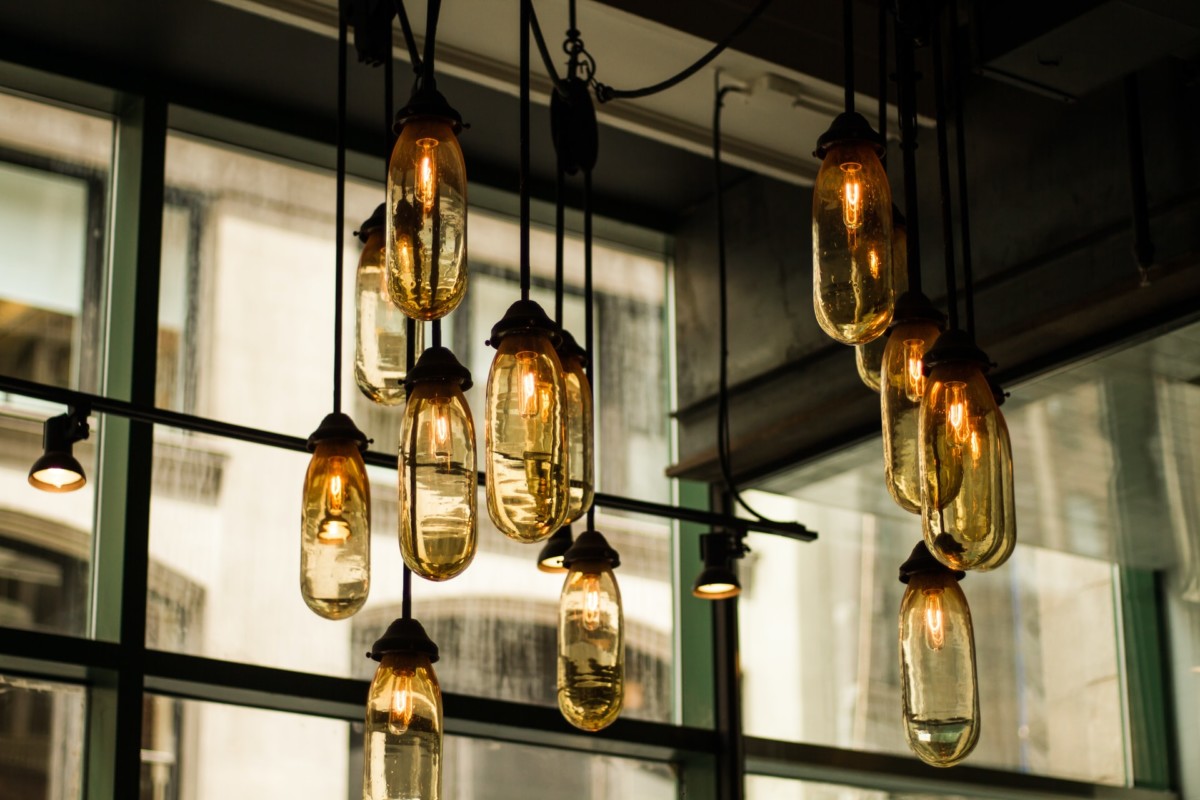
Different types of industrial warehouse lofts
How does a soft loft compare to a hard loft? It’s all in the age and design.
A hard loft is a typical warehouse loft, an old industrial building converted into a residential living space. A soft loft is a new building with loft units that mimic the design and layout of a hard loft. Many open-concept features are the same, but soft lofts can include more modern amenities within a more contemporary design.
The three main types of industrial lofts are:
Hard loft
This is your typical industrial loft, first created as abandoned buildings were sold for pennies on the dollar. In the mid-20th century, these lofts served as commercial or studio spaces for artisans and transitioned into livable spaces. This made them attractive, affordable housing options at the time.
Live-work loft
A live-work loft is a residential space within an area zoned for residential and commercial use. It’s typically a warehouse loft with raw brick, large windows, and a spacious living area. Commercial laws vary based on the state and city a live-work loft is located in.
Loft conversion
A loft conversion usually involves converting an unfinished part of the house into a finished, livable space. Many loft conversions focus on transforming the attic above the house or garage into a fully functional room.
How much do industrial lofts cost?
Industrial loft prices are a lot higher now than when they were offered for pennies on the dollar. As demand goes up, so have the prices in recent years.
Here’s a sampling of current monthly rent for industrial lofts in different parts of the United States:
| Location | Bedrooms and Bathrooms | Price Range |
| Tribeca, New York, NY | 1-2 bedrooms, 1 bathroom | $3,100-$4,800 |
| Gramercy Park, New York, NY | 1-3 bedrooms, 1 bathroom | $4,800-$9,340 |
| Paulus Hook, Jersey City, NJ | 1-3 bedrooms, 1 bathroom | $6,700-$9,400 |
| Central West End, St. Louis, MO | 1-2 bedrooms, 1 bathroom | $2,200-$5,250 |
| Durham, NC (near Duke University) | 1-2 bedrooms, 1 bathroom | $1,500-$2,500 |
| Chapel Hill, NC (near the University of North Carolina) | 1-2 bedrooms, 1 bathroom | $1,900-$4,000 |
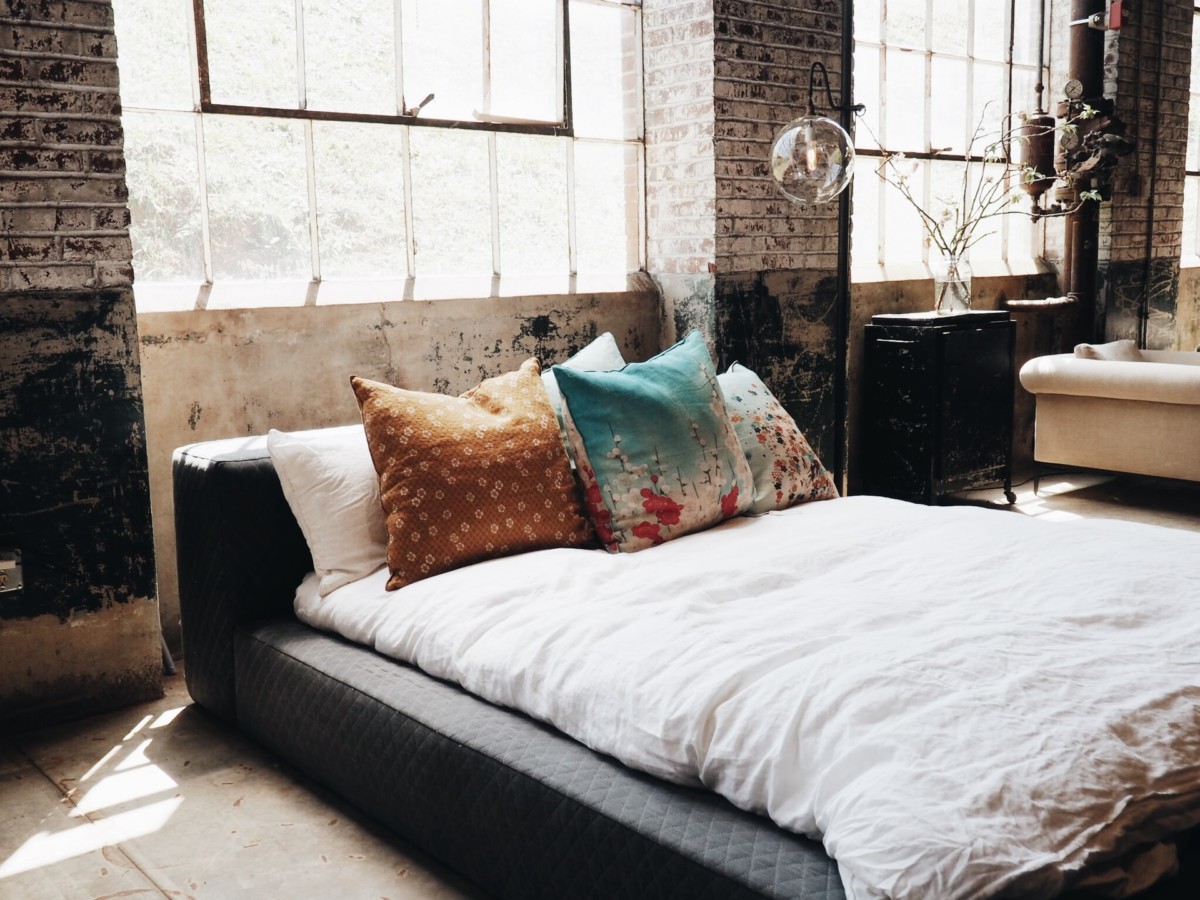
Is an industrial loft more expensive than another apartment or condo?
An industrial loft apartment’s rental and purchase price are usually comparable to similarly equipped apartment and condo rental homes in the area. But in some areas, you may pay more for a converted warehouse loft versus a newer soft loft.
Condos and apartments in high-demand areas or located inside apartment buildings with unique architecture or amenities will also cost more than the average unit.
Popular furnishings and accessories for industrial loft apartments
When it comes to making an industrial loft feel like home, the design possibilities are endless. Consider one of these popular strategies as a starting point:
- Divide for comfort: Dividing a loft can promote a feeling of independence without sacrificing the open floor plan. But this doesn’t mean you have to build walls. Folding screens, double-sided shelves, and large area rugs are all designer-approved methods of differentiating your area.
- Incorporate balance and warmth: In the wrong situation, an industrial loft’s metal and glass can leave your space feeling a little cold and impersonal. Incorporating welcoming furnishings, plush accent pillows, fuzzy blankets, and splashy rugs will add personality and warmth. Don’t be shy with live plants (or convincing artificial ones) for a more natural feel.
- Add lights and more lights: In an industrial loft, creative room lighting can really help create a pleasant ambiance. This can include everything from large overhead lights to metal tracks for whole-room lighting. Hang pendant lights in warmer colors to add a warm glow over the kitchen island or sitting area. Consider installing task lighting under cabinets or smart LED lighting for peak customization.
What are the downsides to warehouse lofts?
A warehouse loft can be a dream home for people looking for industrial touches and open spaces. But they can still have their drawbacks. There can be a few downsides to loft living:
- Lack of storage: While the overall space is ample, you may not have as many options in terms of storage. You may need to get creative by buying furniture with storage inside, like a storage ottoman or sectional. Building new closets or wardrobes is another option, but that can get expensive.
- Fewer amenities: Apartment buildings often come with standard apartment amenities like a fitness center, pool, and community areas, but warehouse loft buildings are less likely to include them.
- Less privacy: Unlike an apartment, lofts come with few walls. This may limit your ability to find a roommate who’s willing to share costs. You can be creative and use curtains, screen dividers, or bookcases as walls and create an out-of-sight, out-of-mind room, but sound may still be an issue.
- Higher housing costs: Industrial loft prices can be steep, especially in high-demand areas.
- Higher utility bills: Open floor plans with high ceilings and large windows will take more energy to keep warm in the winter and cool in the summer.
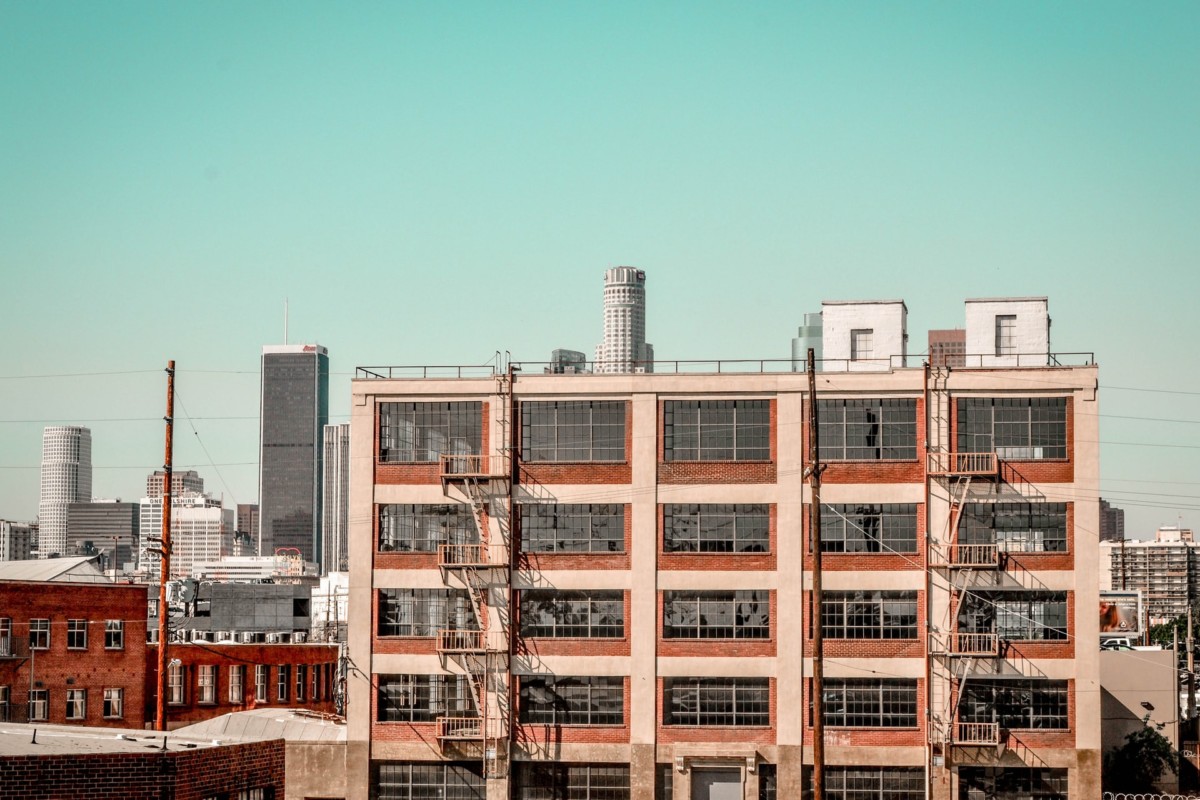
Could an industrial loft apartment be your next home?
Overall, industrial lofts can make fantastic homes with plenty of space and flexibility. They’re great for people who love vintage industrial touches with the space, natural light, and airiness that welcomes the opportunity for creativity.
With the right furnishings, creative storage additions, and a little budget planning, an industrial loft apartment could be calling your name.
The post Industrial Loft Apartment: A Captivating Return to Warehouse Roots appeared first on Redfin | Real Estate Tips for Home Buying, Selling & More.
from Redfin | Real Estate Tips for Home Buying, Selling & More https://ift.tt/O09tFI4


No comments:
Post a Comment